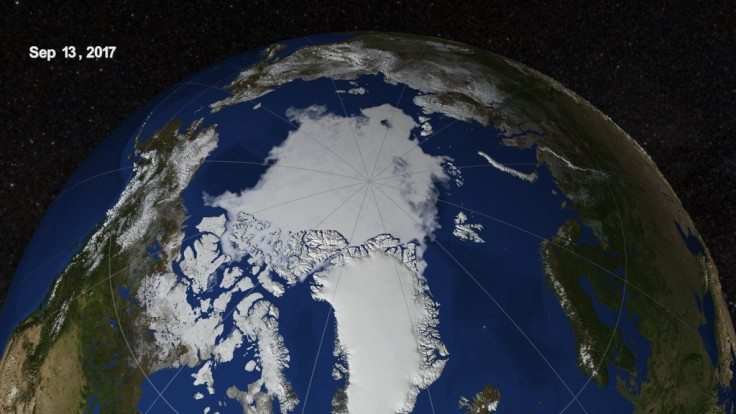This does not compute: Arctic temperatures rising so fast both man and machine are stunned
Researchers noticed something odd about the data coming from an Arctic weather station.

Earlier this month, researchers from the US National Centers for Environmental Information (NCEI) noticed something odd about the data coming from an Arctic weather station in Utqiaġvik, Alaska – America's northernmost city – while compiling a climate report.
Data from the outpost was missing for all of 2017 and some of 2016, puzzling the scientists.
The reason for this anomaly? Temperatures recorded at the station were so far above normal over the period that an automated computer algorithm the NCEI used – which is designed to remove data irregularities – decided the numbers were unrealistic and omitted them from the report.
Deke Amdt, from the US National Oceanic and Atmospheric Administration, explained:
"In an ironic exclamation point to swift regional climate change in and near the Arctic, the average temperature observed at the weather station at Utqiaġvik has now changed so rapidly that it triggered an algorithm designed to detect artificial changes in a station's instrumentation or environment and disqualified itself from the NCEI Alaskan temperature analysis, leaving northern Alaska analysed a little cooler than it really was."
The algorithm usually helps to filter out unwanted data and make scientists aware of things like broken sensors, for example.
According to Amdt, since 1979 average temperatures at Utqiaġvik have risen by 1.9 degrees Fahrenheit for the months January through September. This is nearly double the temperature rise observed in the 48 mainland US states.
But even more worryingly, average temperatures for October, November and December, have increased even more dramatically – growing 7.8, 6.9 and 4.7 degrees Fahrenheit respectively.
This has caused sea ice to melt across the region, which in turn has led to accelerated warming due to the feedback effect.





















